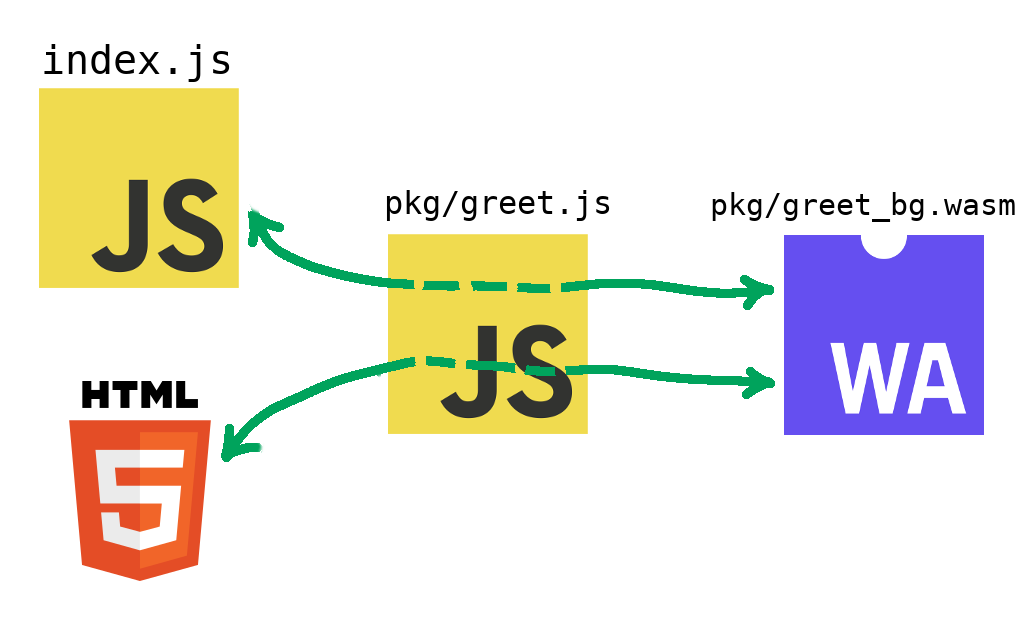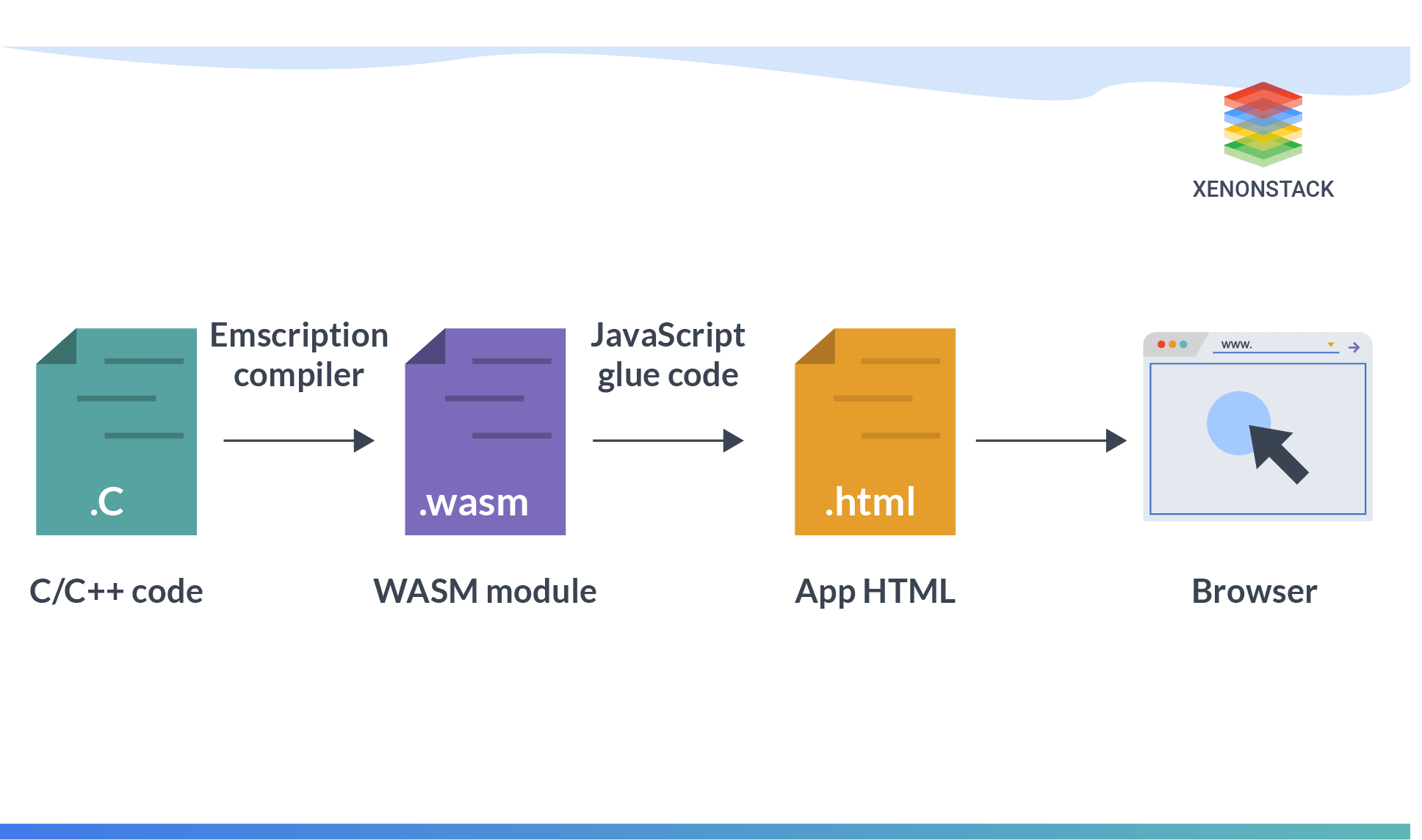Before wasm-bindgen existed, getting Rust and JavaScript to talk was like trying to negotiate a hostage situation through a broken telephone. I'd spend entire fucking weekends manually converting every piece of data because WebAssembly could only pass simple numbers around. I've been using wasm-bindgen since version 0.2.40 and watched it evolve from "this might work if you sacrifice a goat" to "actually reliable for production."
The Problem It Solves (AKA My Biggest Headache)
WebAssembly was designed to be fast, not convenient. I could only pass numbers between JavaScript and WebAssembly, which meant manually serializing every fucking string or object. Spent two weeks trying to pass JSON around before realizing the boundary only likes primitives. The error was just TypeError: WebAssembly.instantiate(): Import #2 module="env" function="abort": function import requires a callable - real helpful, right? Almost gave up on WebAssembly entirely and went back to vanilla JavaScript because at least those errors make sense.
wasm-bindgen fixes this nightmare by generating all the tedious glue code for me. Instead of manually converting a Rust String to WebAssembly memory and back to a JavaScript string, I just annotate my function with #[wasm_bindgen] and the tool handles the conversion automatically.

What's Actually Working (As of September 2025)
The latest stable release is version 0.2.104 as of September 2025. The tool survived the rustwasm org shutdown in July 2025 and moved to its own organization, which actually improved maintenance since there's less organizational overhead now.
wasm-pack moved to a new maintainer after the rustwasm org shutdown but still works fine. Most people are moving to wasm-bindgen CLI directly because it's more explicit about what's happening. I switched because wasm-pack was randomly failing our CI with Error: wasm-opt not found even though we had it installed. Turns out wasm-pack 0.12.1 has this bug where it doesn't properly detect wasm-opt if you install it through a different package manager. Spent a day debugging that bullshit before just switching to direct CLI calls. At least when the direct approach breaks, you know exactly which step failed.
Core Features That Actually Matter
Type marshaling: The most valuable feature. You can pass Rust structs directly to JavaScript as objects, work with JavaScript String types in Rust without manual UTF-8 conversion, and handle JavaScript Promise objects with Rust's async/await. The memory management mostly works, though you'll still hit edge cases with circular references. Check out the wasm-bindgen book examples for practical patterns and the Rust WASM guide for tutorials that actually work.
Browser API access: web-sys provides bindings for every Web API you can think of. DOM manipulation, Canvas, WebGL, fetch requests - it's all there. The generated code is actually readable TypeScript, unlike some binding generators that produce garbage. The web-sys documentation is comprehensive, and js-sys handles JavaScript built-ins like Array, Promise, and Object.
Build system integration: I use it mostly with Vite and Webpack - both handle the generated output fine. The tree-shaking is aggressive - it only includes the JavaScript APIs I actually import and the Rust functions I explicitly export. Bundle sizes are reasonable if I'm not importing half of web-sys. Modern bundlers handle ES modules seamlessly, and the TypeScript definitions provide excellent IDE support.
Performance Reality Check
Yes, it's faster than JavaScript for heavy computation. Benchmarks show 2-10x improvements for things like image processing, mathematical calculations, and data parsing. But crossing the JavaScript-WebAssembly boundary has overhead. Don't use it for DOM manipulation or frequent small operations.
I've seen developers try to rewrite their entire frontend in Rust because "WebAssembly is faster." That's like using a Ferrari to deliver pizza - technically faster, but you're missing the point and burning money. Use it for CPU-intensive tasks where the computation time far exceeds the marshaling overhead.
Modern Workflow
Install wasm-bindgen-cli directly: cargo install wasm-bindgen-cli. Add the WebAssembly target: rustup target add wasm32-unknown-unknown. Build your project with cargo build --target wasm32-unknown-unknown --release then run wasm-bindgen on the output.
Use something like mise or asdf if you're working with a team - version mismatches between the CLI and library will cause weird runtime errors that waste your afternoon. Like, you'll get RuntimeError: function signature mismatch and spend 3 hours thinking you wrote the binding wrong before realizing your teammate has wasm-bindgen CLI 0.2.103 while your Cargo.toml has 0.2.104. For optimization, run wasm-opt -Oz on your output if you care about bundle size. wee_alloc used to be recommended for smaller memory footprint but it's basically unmaintained now - last commit was in 2022.
The Honest Assessment
wasm-bindgen is the best tool we have for Rust-JavaScript interop, but it's not perfect. The setup process will break in ways the documentation doesn't mention. Memory debugging between JavaScript and WebAssembly is where I question my career choices. Every major version update breaks something you thought was working.
But when it works, it works really well. The type safety is excellent, the performance is real for the right use cases, and the generated bindings are maintainable. Just don't expect it to be as smooth as the tutorials suggest.
Understanding why it works (and why it sometimes doesn't) requires looking under the hood at what wasm-bindgen actually does to your code.





